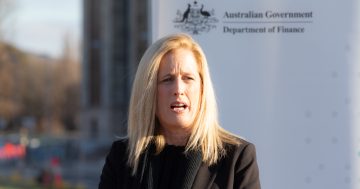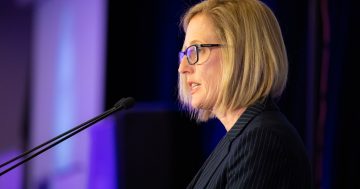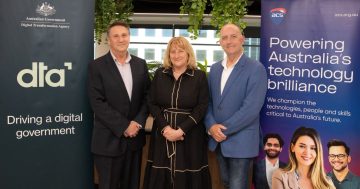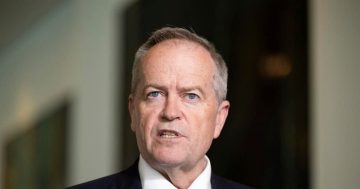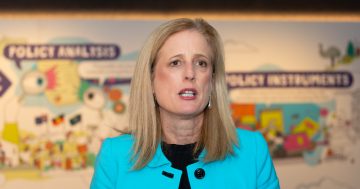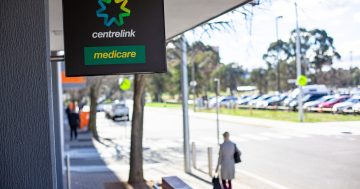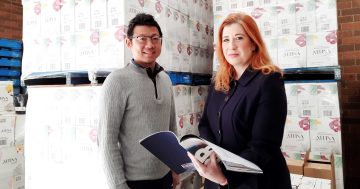
The government’s Digital Transformation Strategy will take all interactions online by 2025 – if you can get online.
The government’s bold new vision for the future includes a digital ID profile that promises to end Centrelink queues or endless waiting on the phone. But woe betide you if your internet access isn’t up to scratch for these major life transactions, as it is for many in Tuggeranong and rural areas surrounding the ACT.
Speaking at the National Press Club about the Government’s Digital Transformation Strategy 2025, the Minister for Human Services and Digital Transformation, Michael Keenan, outlined a seemingly bright future with “personalised services that remove the need to deal with different departments and layers of government”, delivering instead ” a seamless experience based around your needs”. Ultimately, the Strategy aims to take all government services online by 2025.
In a series of pilots running through to June 2019, people will be able to create a digital identity called myGovID and use it to apply for services including a Tax File Number and Unique Student Identifier. The government will trial a service automatically enrolling newborns in Medicare, will enable users to create a digital identity for the Australian Business Registry and provide “virtual assistants” to help answer questions about welfare payments among other measures in the Strategy.
But when questioned where this left rural, regional and disadvantaged Australians with poor internet access or none at all, the Minister had fewer answers. “When we’re providing these services we do need to be aware that there is a digital divide,” he said.
“From my Department’s perspective, we’ve been very aware that while we’ve been rolling out digital services not everybody has access to those. We have a programme where we install that infrastructure especially in remote communities that allow people to access wifi in every Centrelink.
“If you walk into any Centrelink there will be a bank of computers and staff who will help you, who are trained to use digital services. There is still more work to be done on that, but we are mindful that we have programmes in place to address it.”
Acknowledging that the issues around the My Health rollout had been difficult, Minister Keenan said “There are clearly some areas in the community where we have work to do to build the trust. We have the intent but also the ability to protect people’s data in the digital world.
“My Health is a reminder that we continue to make the arguments about why you should trust us with your information, and that we do take your privacy and security incredibly seriously.”
He denied that the digital ID plans amounted to an identity document, or that the sign-in would be effectively mandatory for access to government services. “I don’t believe that Australians want a compulsory identity in Australia but we need to have a better way in for people to access digital services. Every Australian will have to make a judgement about whether they want them. We’re not storing information – all we’re doing is accessing existing information more efficiently.”
Would you want to access all your government transactions online?












